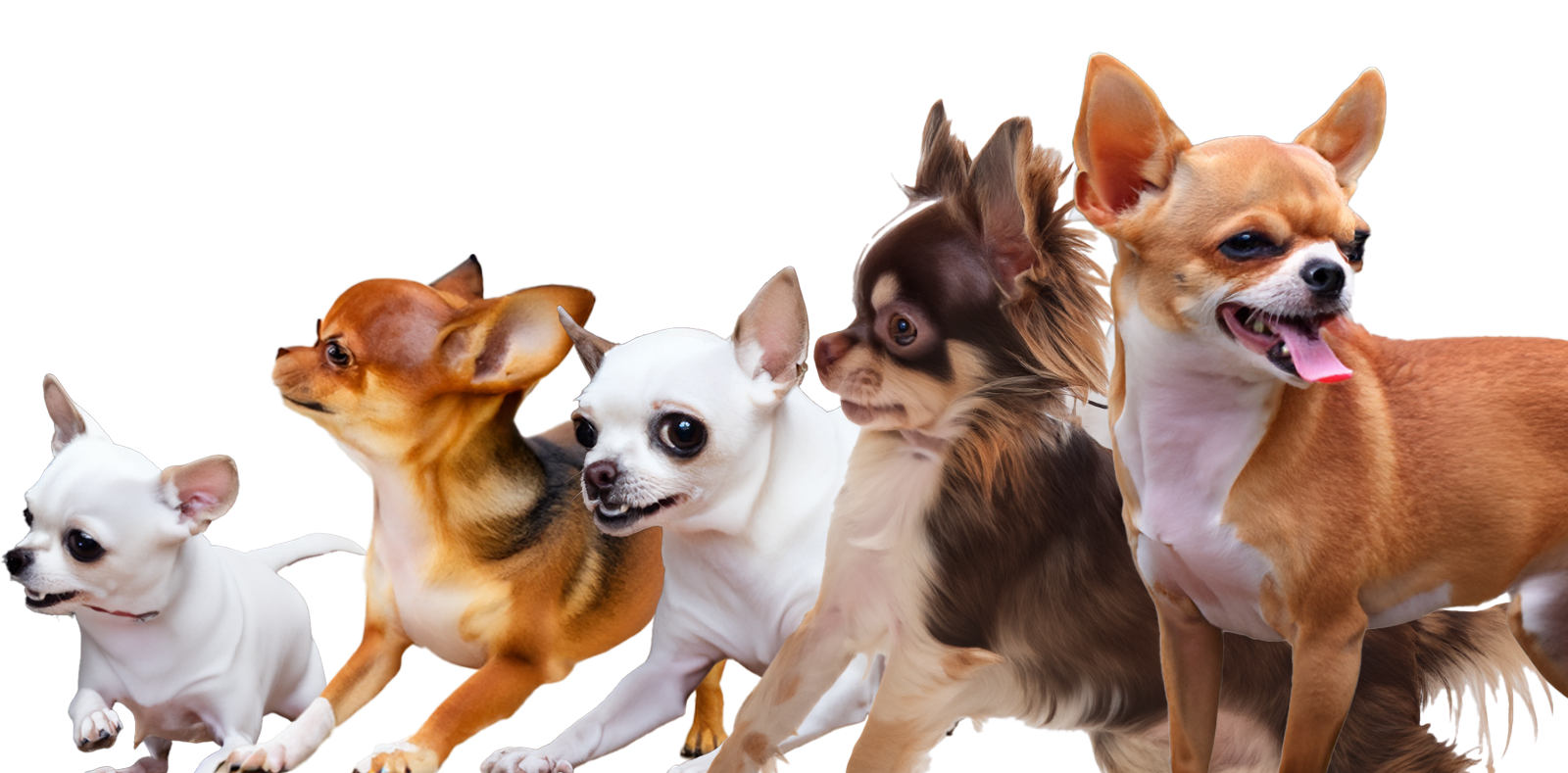


Adoption Details For Honeycomb now Chewy!
This animal is no longer available for adoption


Name:
Honeycomb now Chewy
Animal Id:
11440
Date Created:
5/2/2023 9:43:03 PM
Age:
11 Year(s) 2 Month(s) Old
Type:
Lizard
Gender:
Undetermined
Primary Breed:
Leopard Gecko
Spayed / Neutered:
No
Secondary Breed:
Microchip:
Primary Color:
Yellow
Markings:
Secondary Color:
White
Pattern:
Weight:
0 lbs
PENDING ADOPTION!!!
Hello! I am available for adoption and my Bio/Story is coming soon.
If you would like to get to know more about me NOW, just fill out the super quick application and an adoption counselor will be in touch!
PLEASE NOTE:
1- We can only accept applications from interested parties who are in or near San Diego County, California at this time.
2- We do not ship reptiles but we may be willing to work with you if you are willing to travel if you are still in Southern California.
3- #2 will depend on the animal that you are applying for and is at the discretion of the board of directors.
Hello! I am available for adoption and my Bio/Story is coming soon.
If you would like to get to know more about me NOW, just fill out the super quick application and an adoption counselor will be in touch!
PLEASE NOTE:
1- We can only accept applications from interested parties who are in or near San Diego County, California at this time.
2- We do not ship reptiles but we may be willing to work with you if you are willing to travel if you are still in Southern California.
3- #2 will depend on the animal that you are applying for and is at the discretion of the board of directors.
Quick Reference Guide
Animal Type
Lizard
Breed
Leopard Gecko
Introduction
Leopard geckos are a crepuscular, ground-dwelling lizard native to semi-desert and arid grassland areas of Afghanistan, Pakistan, India, and Nepal. They are 7-10″ (17-25 cm) long, with females generally being smaller. In captivity leopard geckos are known to live long lives: 15-20 years on average.
Difficulty
Beginner
Difficulty Notes
Basking Temp
94-97
Ambient Temp
90-92
Lowest Temp
70-77
Temp Notes
Diet
Insectivore
Diet Notes
UVA Intensity
Desert
UVB Intensity
Low/Occasional
Ferguson Zone
1
Lighting Notes
A typical leopard gecko does best with a fergusson zone of 0.5 – 1.5 however albinos should be limited to 0.5 – 0.7.
Enclosure Size
Medium Terrestrial
Enclosure Notes
A low flat enclosure with lots of ground space to roam is best. Enclosures of 36" wide by 18 inches deep and 12 inces high are a good a readily availalbe starting size.
Substrate
Sand/Soil Mix
Substrate Notes
Dry substrates that wont hold on to too much humidity is preferred. never use calcium sand or any sand that has dyes.
Humidity
Low (0-30%)
Humidity Notes
Leopard geckos should have an ambient hunmidity of 30-40% but also access to a humid hide of 70-80% so that they can self regulate. This is especially important to promote good shedding.
Animal Reference Material:
| Category | Title | AnimalType | Breed | |
|---|---|---|---|---|
| Animal Care | *SBRSC Leopard Gecko Information Guide for Adoption | Lizard | Leopard Gecko | |
| Animal Care | Leopard Gecko Care: Housing, Feeding and Handling | Lizard | Leopard Gecko | |
| Animal Care | Lizard UVB Lighting: What you need to know! | Lizard | ||
| Blog | [VIDEO] Is a Leopard Gecko right for me? | Lizard | Leopard Gecko | |
| Blog | Custom Large Lizard Enclosure Considerations | Lizard |
This animal is no longer available for adoption
